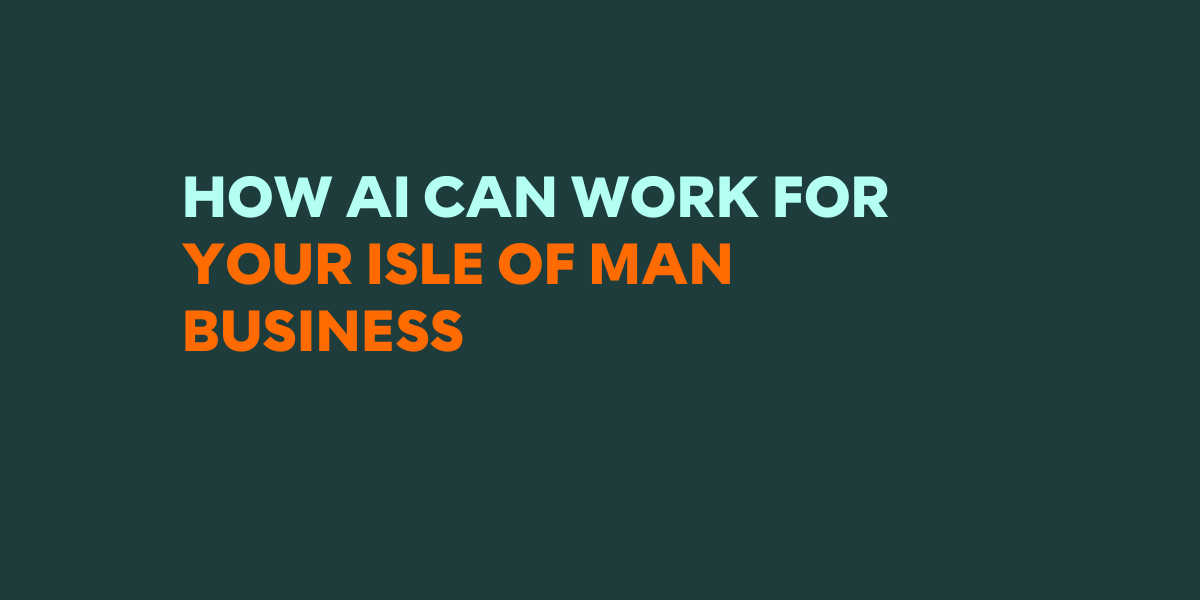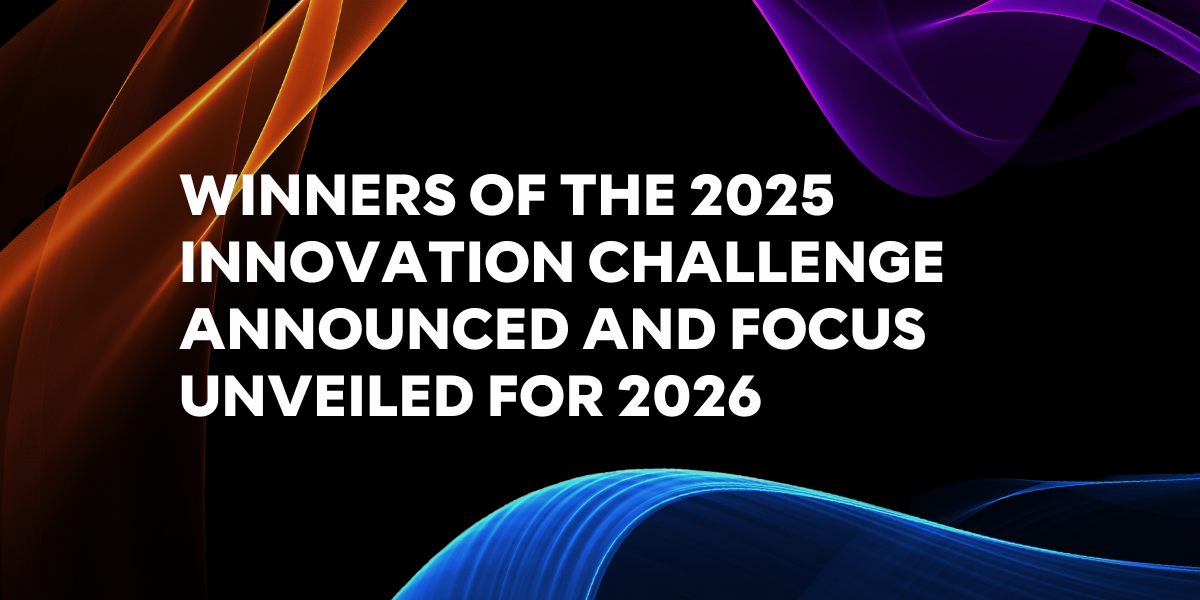How the Internet of Things is enabling better indoor air quality for the Isle of Man
16 June 2021

In recent years, air quality has become one of the biggest environmental risks to our health. According to the World Health Organisation, air pollution kills an estimated seven million people worldwide every year, largely because it increases the risk of developing diseases of the respiratory system.
Despite some attempts to minimise these risks, the threat of air pollution is at an all time high with no sign of backing down. It’s thought that by 2040, CO2 and NOx emissions from aviation alone will increase by at least 21 percent and 16 percent, respectively. While air quality is generally good on the Isle of Man we can’t become complacent and it is something that needs to be continually monitored so that problems can be spotted before they get worse.
On top of this, we have the coronavirus pandemic. As this virus is known for its impact on the respiratory system, there is a growing susceptibility and vulnerability in people exposed to low-quality air, especially indoors. It’s here where we need to focus our attention. Especially since humans spend around 90% of our time indoors - a number which has not only been on the increase over the past half century but has become the case during these times where quarantining and lockdowns are the new normal.
It is, therefore, paramount that the quality of the air we breathe indoors is of a sufficiently high enough quality, and if not, it is detected early enough for us to act on it through various means of monitoring, such as air sensors.





